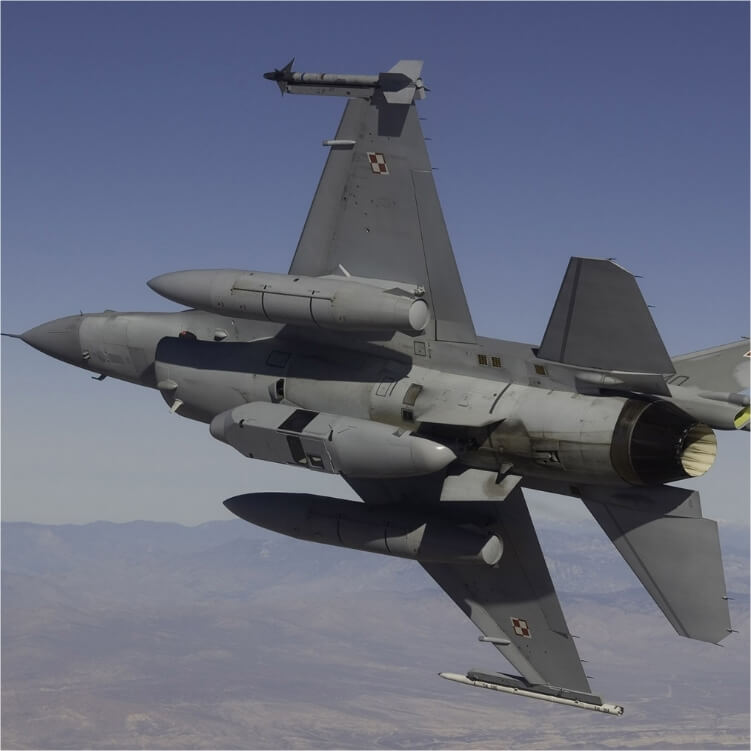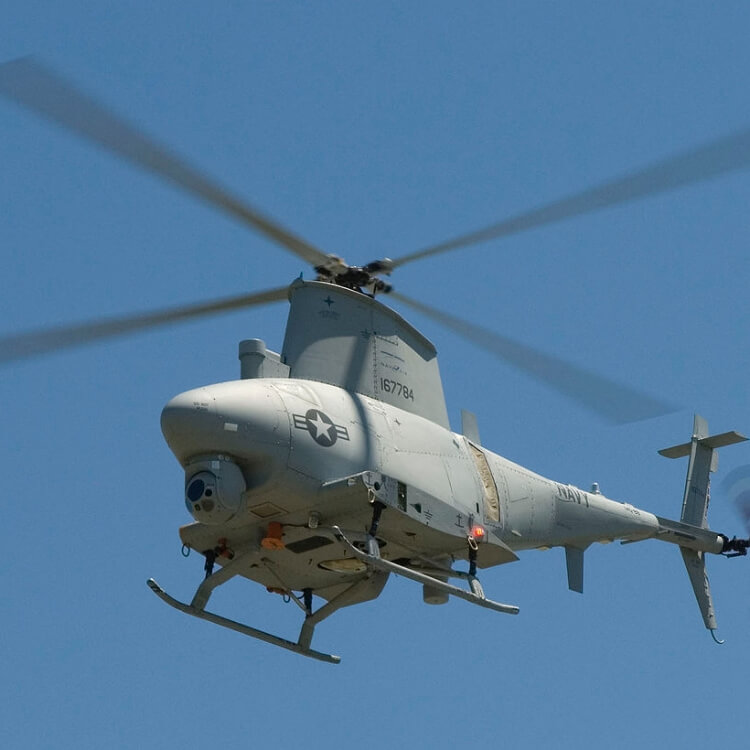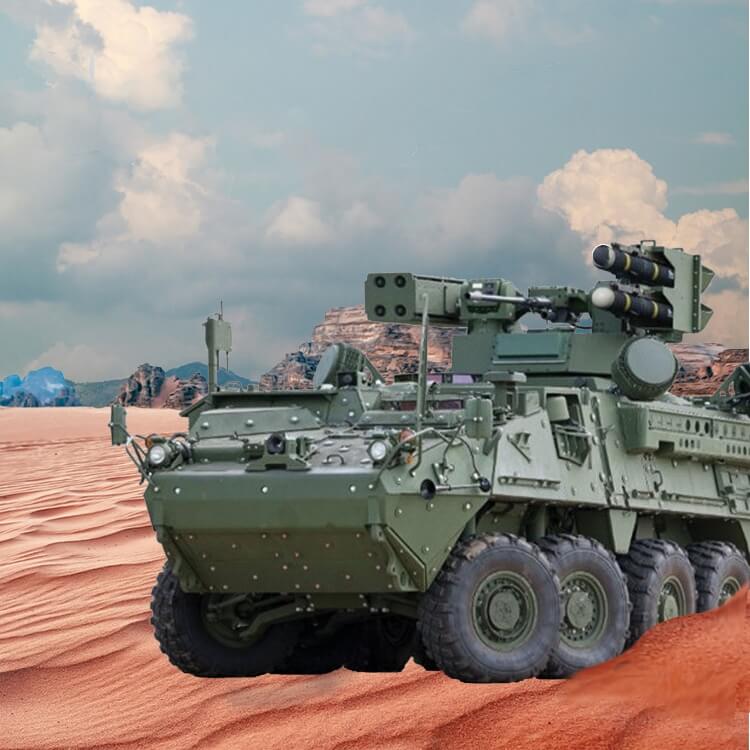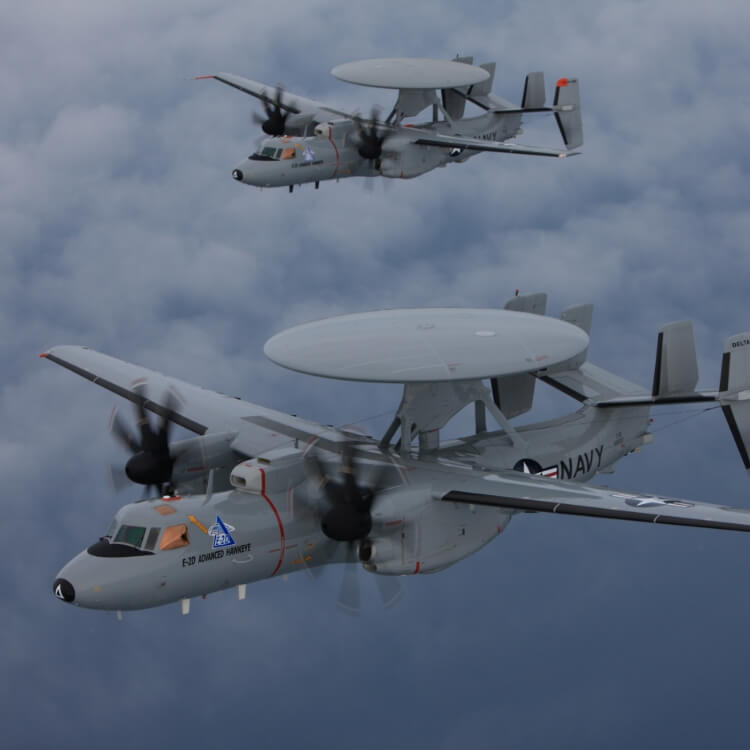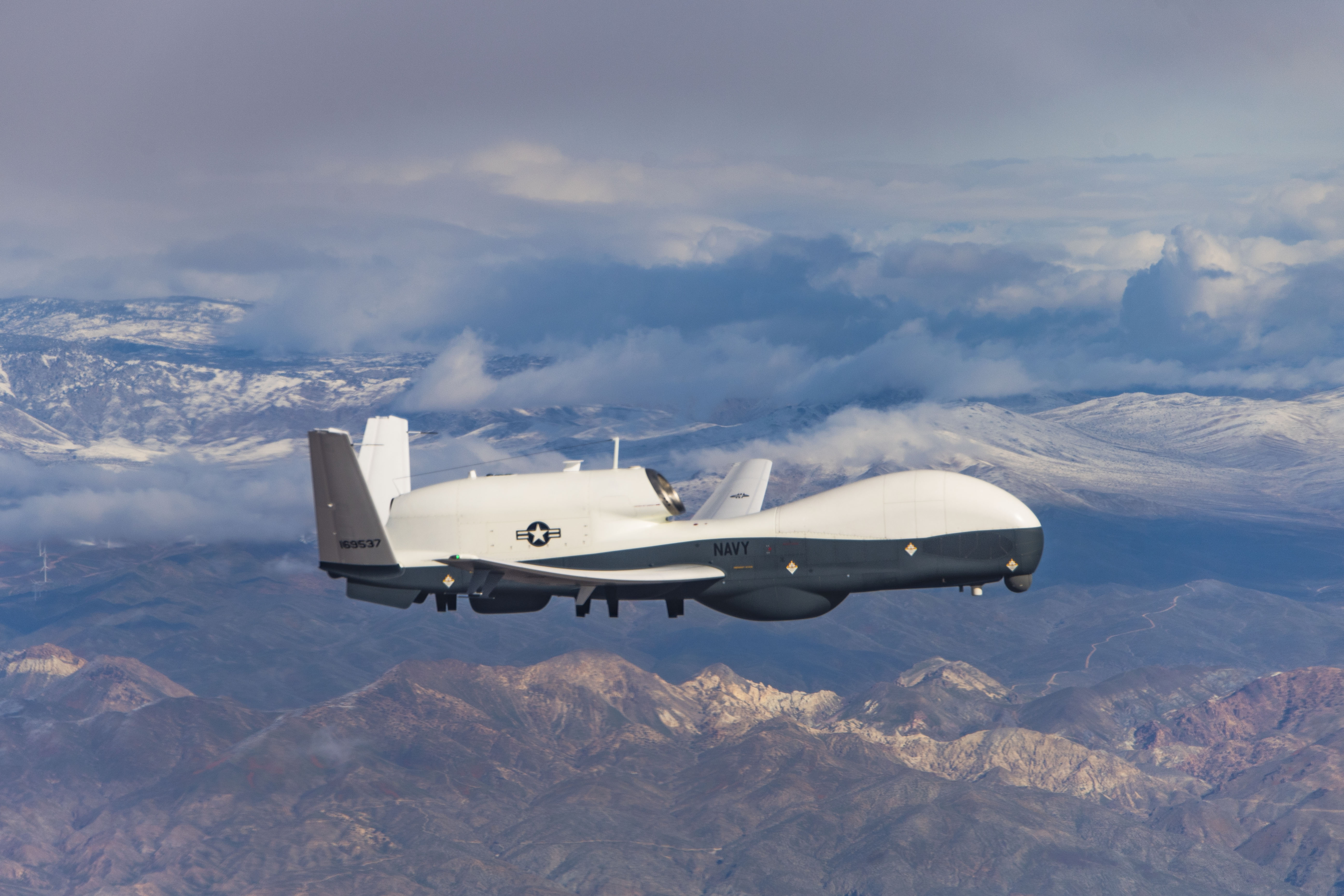DOMAINS.
Our SWaP-C optimized rugged data acquisition solutions empower edge computing in land, sea, air, and space domains, enhancing efficiency and resilience in the face of their extreme environments.
LAND
SEA
AIR
SPACE
CAPABILITIES.
Across land, sea, air, and space, Ampex® embodies ‘excellence at the edge’. Specializing in EW/ISR, Mission Data, EO/IR, and more, our products merge Quality, Innovation, & Rugged Reliability with Top-Tier Encryption. Dive into a realm where peak performance aligns with uncompromising data security.

